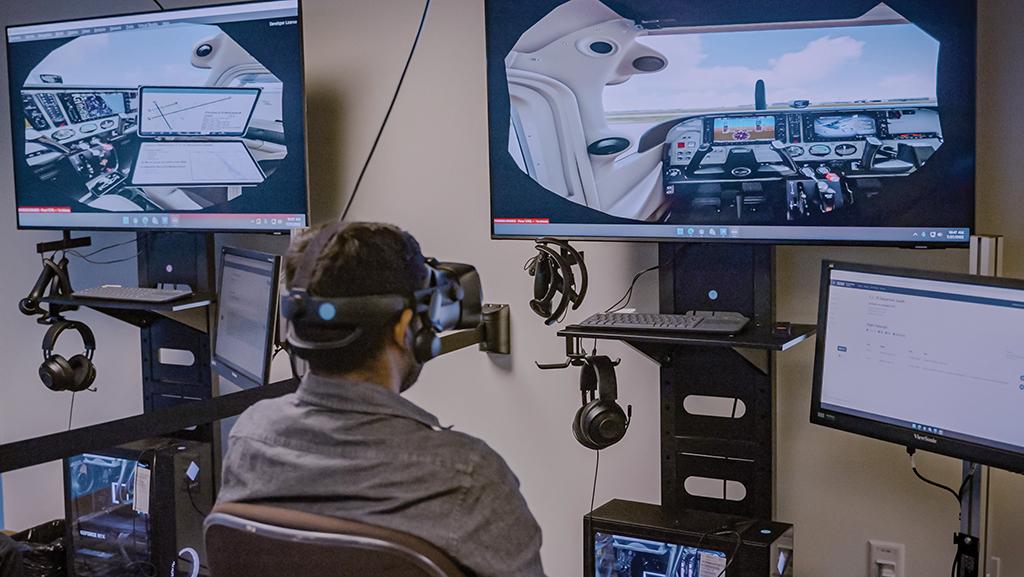
An Embry-Riddle student practices radio communications by interacting with AI-driven air traffic control and pilots in the university’s Preflight Immersion Lab.
Credit: Embry-Riddle Aeronautical University
As artificial intelligence technology takes off, it is natural to ask how it might be employed in pilot training. One area where AI can enhance current practices is in learning pilot-to-pilot and pilot-to-air traffic control communications—everyday activities critical to aviation safety. Teaching...
Opinion: How AI Is Helping Flight Students Reach New Heights is part of our Aviation Week & Space Technology - Inside MRO and AWIN subscriptions.
Subscribe now to read this content, plus receive full coverage of what's next in technology from the experts trusted by the commercial aircraft MRO community.
Already a subscriber to AWST or an AWIN customer? Log in with your existing email and password.





